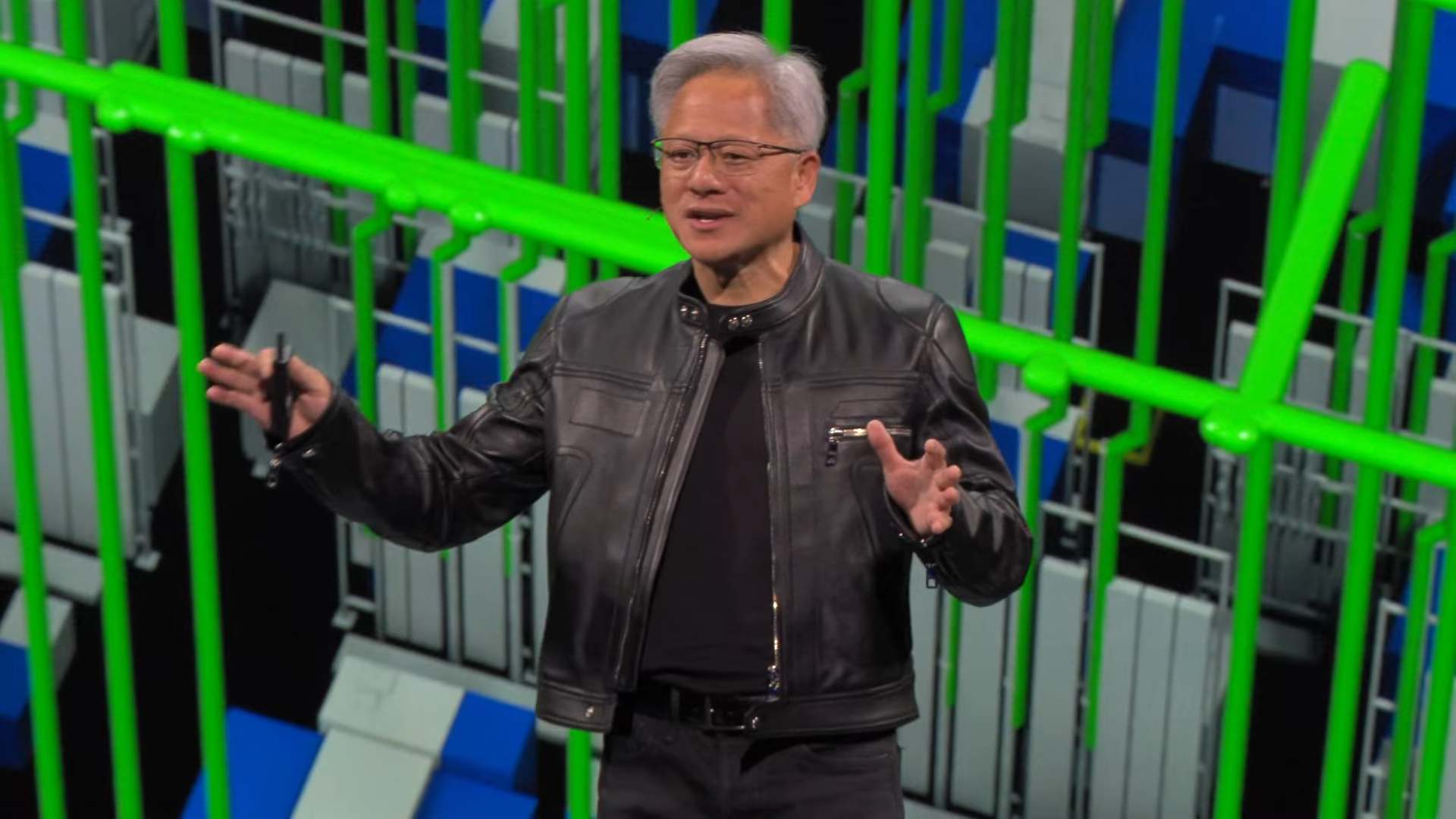Nvidia’s CEO, Jensen Huang, has expressed his strong belief in the necessity of integrating artificial intelligence (AI) into all facets of technology. During a recent meeting, he voiced his frustration over reports that some company managers were advising employees to limit their use of AI tools. Huang’s response was direct: “Are you insane?” He emphasized his desire for “every task that is possible to be automated with artificial intelligence” to be automated, insisting that while AI can take on many responsibilities, there will always be work for humans.
The discussion surrounding AI integration is not limited to Nvidia. Just days prior, Microsoft’s CEO of AI also took to social media platform X to express confusion over the public’s mixed reactions to their AI initiatives, particularly regarding an AI-enhanced Windows operating system. Both leaders share a vision of a future dominated by AI, yet they appear puzzled by the public’s hesitance to fully embrace this technology.
Huang’s comments have sparked debate among the public and industry observers. Many critics argue that the push for AI could lead to job losses, with some suggesting that higher-ups might use AI advancements as justification for layoffs. Concerns about the reliability of large language models (LLMs), which can produce inaccurate or misleading information, have also been raised. Critics question the wisdom of allowing AI systems to play a significant role in decision-making processes across various sectors.
Despite the pushback, both Huang and Microsoft’s AI leadership remain steadfast in their belief in the transformative potential of AI. They argue that the technology can enhance productivity and efficiency, ultimately benefiting both businesses and workers. For them, the notion of AI being integrated into everyday applications is not merely a trend but a fundamental shift in how work is conducted.
As discussions about AI continue to evolve, it is clear that leaders in the tech industry are committed to advocating for its widespread adoption. Their confidence in AI’s capabilities may lead to further innovations, yet the growing public skepticism highlights a significant divide between technology executives and everyday users. As the AI landscape develops, the challenge will be to address the concerns of the public while pursuing the potential benefits of this powerful technology.
